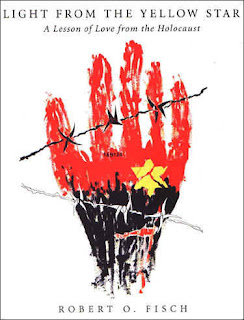 Photo is courtesy of "minicloud" who published it on Flickr.
Photo is courtesy of "minicloud" who published it on Flickr.Professor Meir Bar-Ilan sent me a translation from Hebrew of his (surprising!) article titled: Jewish Magical Body-Inscription in the First and Second Centuries. Here are some excerpts:
(Ezekiel 9:4-7)… And the Lord said to him, "Pass through the midst of the city, through the midst of Jerusalem, and you shall mark a sign upon the foreheads of the men who are sighing and moaning over all the abominations that were done in its midst." …This indicates that a mark on the forehead was a symbolic guardianship protecting the righteous, … Seemingly, the symbol inscribed upon the righteous was the last letter in the ancient Hebrew alphabet.
Several hundred years after Ezekiel, we encounter the ritual of marking the righteous – described as an event –in Revelations, a book authored around the end of the first century, the last book of the New Testament. The prophesizing author repeats his description several times and in various forms (7:3, 9:4, 14:1, 17:5, 19:12,16, 20:4, 22:4.). These verses prove beyond any doubt, that the author of this book availed himself of previous Jewish sources on the subject of marking the forehead as well as other subjects, and he treated the markings as an actual event…
Chapter three of Mishna Makot…Evidently, according to R. Shimon, it is prohibited to tattoo the name of God on the body – and this seems to him to be the plain sense of the verse – but an ordinary tattoo, has no prohibition…
From here is evident, that the Rabbis were not only aware of the tradition to write the name of God on the body, but that they contended with it in their legal writings…
The Israelites would wage battle with no arms, only with the name of God inscribed on their bodies as it says in Deuteronomy. After they sinned God’s name peeled away – the guardianship signifier was removed, and therefore the Israelites perished.

